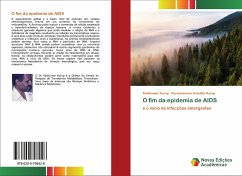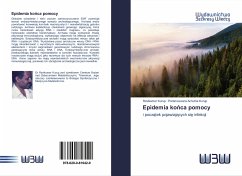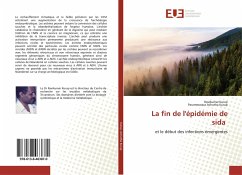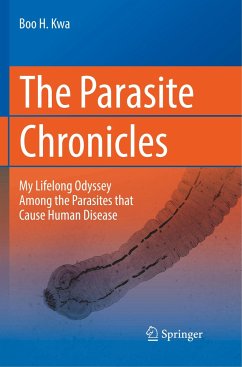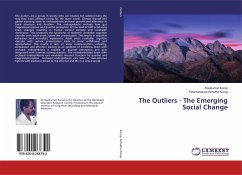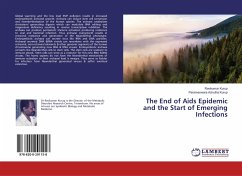
The End of Aids Epidemic and the Start of Emerging Infections
Versandkostenfrei!
Versandfertig in 6-10 Tagen
36,99 €
inkl. MwSt.

PAYBACK Punkte
18 °P sammeln!
Global warming and the low level EMF pollution results in increased endosymbiotic archaeal growth. Archaea can induce stem cell conversion and neanderthalisation of the human species. The archaea catabolizes cholesterol generating digoxin which can modulate RNA editing and magnesium deficiency resulting in reverse transcriptase inhibition. The archaea can produce permanent immune activation producing resistance to viral and bacterial infection. Thus archaeal overgrowth results in retroviral resistance and generation of the Neanderthal phenotype. Endosymbiotic archaea can secrete virus like RNA...
Global warming and the low level EMF pollution results in increased endosymbiotic archaeal growth. Archaea can induce stem cell conversion and neanderthalisation of the human species. The archaea catabolizes cholesterol generating digoxin which can modulate RNA editing and magnesium deficiency resulting in reverse transcriptase inhibition. The archaea can produce permanent immune activation producing resistance to viral and bacterial infection. Thus archaeal overgrowth results in retroviral resistance and generation of the Neanderthal phenotype. Endosymbiotic archaea can secrete virus like RNA and DNA particles. Archaeal secreted DNA &RNA viroids can recombine with the expressed retroviral, non-retroviral elements & other genomic segments of the human chromosome generating new RNA & DNA viruses. Endosymbiotic archaea converts the Neanderthal cells to stem cells. The stem cells are resistant to immune attack. Stem cells can serve as a reservoir for this new RNA &DNA viruses. The homo sapiens do not have the Neanderthal mechanisms of immune activation as their archaeal load is meagre. They serve as fodder for infection from Neanderthal generated viruses & suffer eventual extinction.




